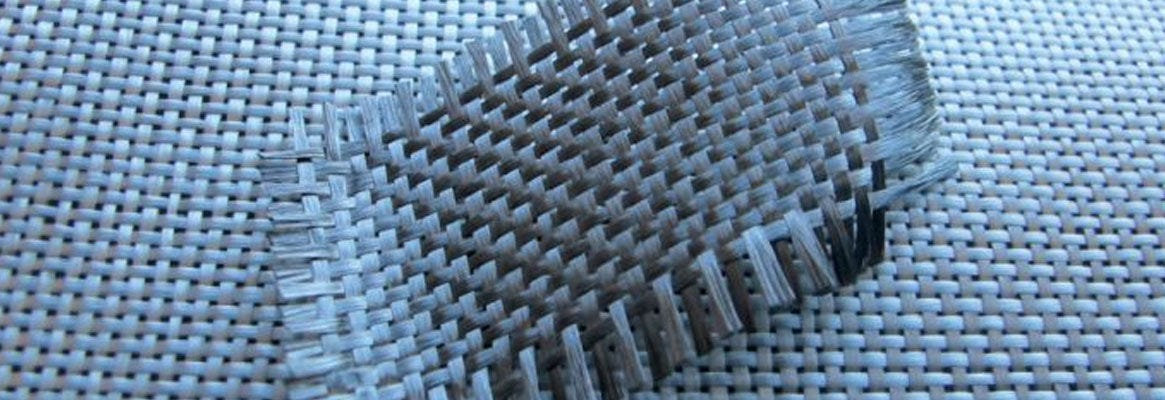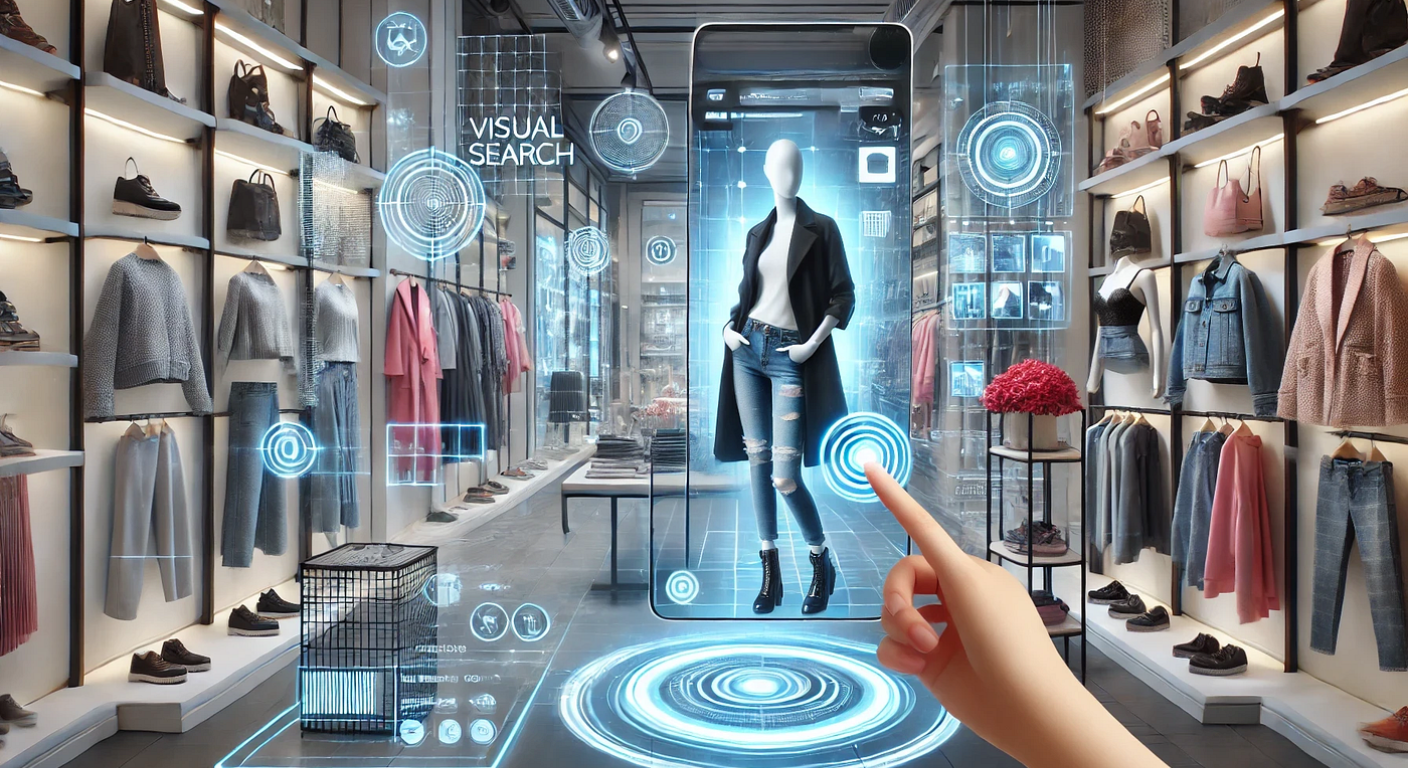Fashion has always been an art form fueled by suspicion, creativity, and artistic shifts but in 2025, it’s getting an important new mate: artificial intelligence. What was formerly a sci-fi conception is now the driving force behind some of the most instigative changes in the assiduity. From prophetic trend analysis to virtual pass- ons and AI-generated designs, artificial intelligence is transforming the way we produce, request, and wear fashion.
This is n’t about replacing controversy or hair stylists, it’s about enhancing mortal creativity with smart tools that understand, prognosticate, and evolve with consumer requirements. The fashion world is entering its utmost intelligent period yet. Let’s break down how AI is reconsidering style, from runway to retail.
1. AI-Powered Trend Forecasting
Fashion moves fast. Styles emerge, peak, and fade before many brands can respond. But with AI, the fashion cycle becomes predictable.

How it works: AI platforms scan billions of data points across social media, e-commerce, fashion week coverage, street style photos, and even weather patterns. Machine learning algorithms detect emerging trends, such as color palettes, silhouettes, and fabric preferences—often months before they peak.
Leading companies like Heuritech and Stylumia are helping brands make smarter decisions about what to produce and when. No more guesswork—just data-backed style insight.
2. Virtual Try-Ons & AI Styling Assistants
Trying on clothes in a fitting room? That’s so 2020. In 2025, AI gives shoppers the power to try on outfits virtually using augmented reality and computer vision.

Thanks to apps like Zyler, Vue.ai, and Perfect Corp, users can:
- Upload a photo or scan their body.
- Try on garments digitally in real time.
- Get AI-generated suggestions based on their style preferences, body shape, and skin tone.
Retailers are embracing this tech not only for convenience, but also to reduce return rates—a huge cost in e-commerce. It’s personalization, but smarter and sleeker.
3. AI-Generated Fashion Designs
Yes, AI is now co-creating fashion. While it doesn’t replace designers, it offers a futuristic canvas for them to experiment, ideate, and iterate.

AI design tools like DeepFashion, Runway ML, and Finesse AI use deep learning models trained on massive image libraries to generate:
- New silhouettes based on current trends.
- Digital patterns and textile prints.
- Outfit combinations that match brand aesthetics.
Designers are using these systems to explore concepts faster, generate mood boards, or even develop full collections with AI assistance. It’s creativity at machine speed.
4. Sustainable Fashion Through Smart Algorithms
One of AI’s biggest impacts? Making fashion more sustainable.
By predicting consumer behavior and streamlining supply chains, AI helps:

- Reduce overproduction, which is one of fashion’s biggest sustainability problems.
- Optimize inventory and distribution.
- Create eco-friendly materials using AI-assisted research.
Brands like H&M, Zara, and Nike are using AI to make smarter, more ethical choices—from production to post-purchase.
5. Hyper-Personalized Shopping Experiences
In 2025, AI knows your style better than your best friend. With tools like personalized style bots, retailers can tailor every shopping experience to the individual.

How it works:
- Algorithms analyze your browsing history, social likes, and previous purchases.
- Then, they recommend full outfits—often styled with your body type, budget, and climate in mind.
Think of it as your own digital stylist that’s always online and knows your exact aesthetic. Shopify, Amazon, and fashion startups alike are turning this personalization into conversion gold.
6. AI-Driven Fashion Influencers & Virtual Models
Meet Lil Miquela, Shudu, and Noonoouri—they’re not real people, but they have real influence. These AI-generated virtual influencers are reshaping fashion marketing.

Why it matters:
- They’re always on-brand, never age, and can wear any digital look.
- Brands can create entire campaigns without models, photographers, or stylists.
- Virtual fashion is also becoming a booming industry in the metaverse and gaming worlds.
In fact, Gucci, Prada, and Balenciaga are already investing heavily in this space. The future of fashion might not always walk the runway—it may be rendered.
7. Smart Fabrics Meet Machine Learning
Beyond design and marketing, AI is making waves in the fabric itself.
With the integration of AI and wearable tech, smart textiles are capable of:

- Adapting to body temperature or weather.
- Tracking biometrics like posture or stress levels.
- Changing color or texture based on movement.
Startups are using AI to design clothing that responds to the human body, making fashion not just stylish, but functional and responsive.
8. Real-Time Fashion Analytics for Brands
AI tools like Google Cloud for Retail, Edited, and TrueFit help brands:

- Track customer preferences in real time.
- Test which styles, colors, and cuts are trending.
- Adjust pricing and marketing dynamically.
With AI, fashion houses can make fast, smart decisions backed by numbers—not just instincts.
9. AI in Fashion Manufacturing
AI isn’t just influencing what we wear—it’s changing how clothes are made. From automated cutting and stitching machines to AI-powered quality checks, production is getting faster and more precise.

Benefits include:
- Reduced fabric waste.
- Fewer human errors.
- Custom garments produced at scale.
This automation is making mass customization a reality, not just a dream.
10. The Future of Fashion Design Collaboration
Imagine designers and machines working together on a shared canvas. That’s already happening with platforms like Adobe Sensei, Runway ML, and Google’s Project Muze.
The result? A world where fashion design is:
- Faster and more agile.
- More inclusive—opening doors for designers from non-traditional backgrounds.

- Endlessly experimental—combining human emotion with machine precision.
AI doesn’t remove the soul from fashion—it gives it more room to evolve.
Final Thoughts: Intelligence Is the New It-Factor
As artificial intelligence continues to evolve, fashion is getting smarter, briskly, and more individualized than ever ahead. This shift isn’t about turning people into robots, it’s about enhancing creativity, perfecting sustainability, and erecting a better fashion ecosystem for all.
In a world where AI helps choose your outfit, prognosticate the coming big trend, and indeedco-create a collection, one thing is clear: The future of fashion isn’t just swish, it’s intelligent.



